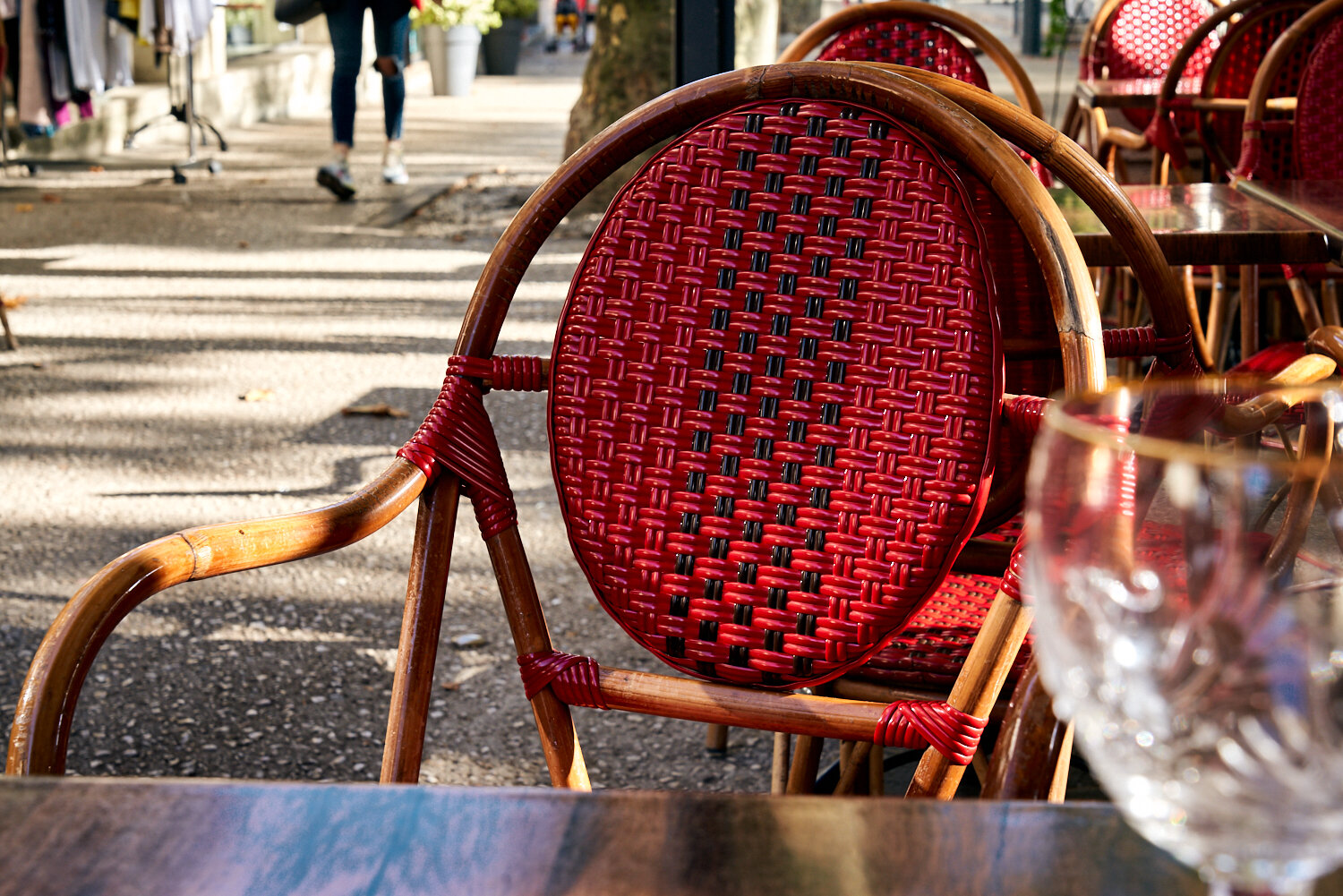
Cahors
Surrounded by steep limestone hills and alongside the Lot river, Cahors has both a modern and an ancient quarter. Just stepping across the busy main street that separates the ages, you enter the winding Roman and medieval remnants of the past. Get a beer or an ice cream in modern times and then venture across the timeline.
The Cathédral Saint-Étienne de Cahors (or Saint Steve’s Really Big Church) was built in the 11th century with stunning statuary and multiple chapels. The nave is unusual as it reflects the transition between Romanesque and Gothic styles. There are 2 huge domes in the nave (over 50 feet in diameter) with a beautiful 14th century fresco inspired by the architecture of Cyprus. This type of architecture was on the pilgrimage route to the Holy Land so perhaps there are cultural connections to the First Crusade.
The famous Valentré Bridge was built in the 14th century and took over 70 years to complete. Legend has it that the foreman made a deal with the Devil to finish it on time, but regretted his decision later. This is how we learn from the past…

Château de Mercuès
Surveying the landscape from the privilege of height.
You don’t need to own the castle to feel like a king.
Château de Mercuès is a medieval castle and 4 star wine-estate hotel overlooking the Lot Valley in Western France. We stayed here for 2 nights and ate at the one Michelin starred restaurant onsite, toured the local wine caves below the castle walls and explored the winding streets of nearby Cahors. The cuisine of the Quercy region includes duck, lamb and black truffles. The second night we dined in Cahors at the recommended l’Auberge du Vieux Cahors inside a cozy 15th century inn. You could have anything you wanted as long as it was delicious and it was duck.

































